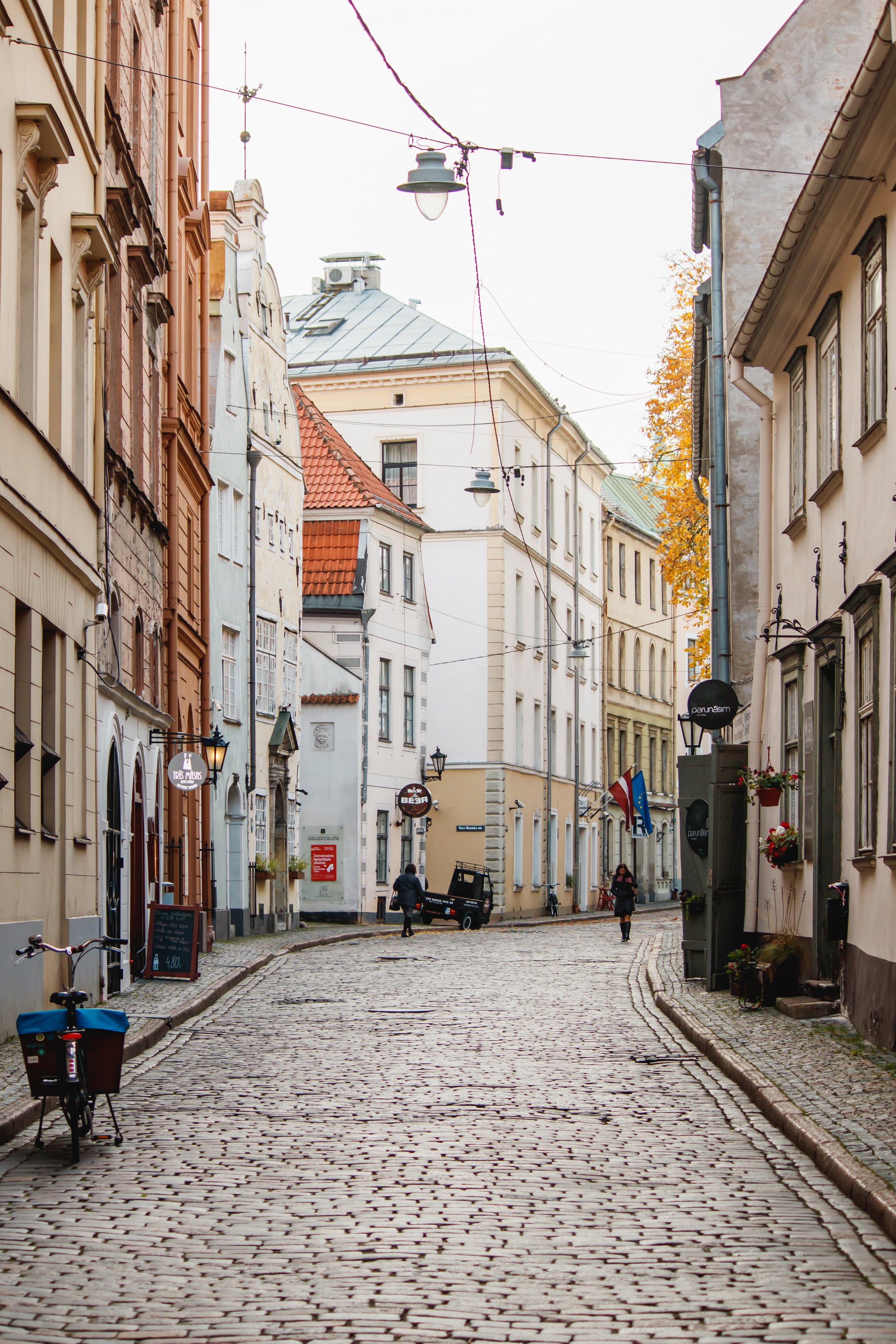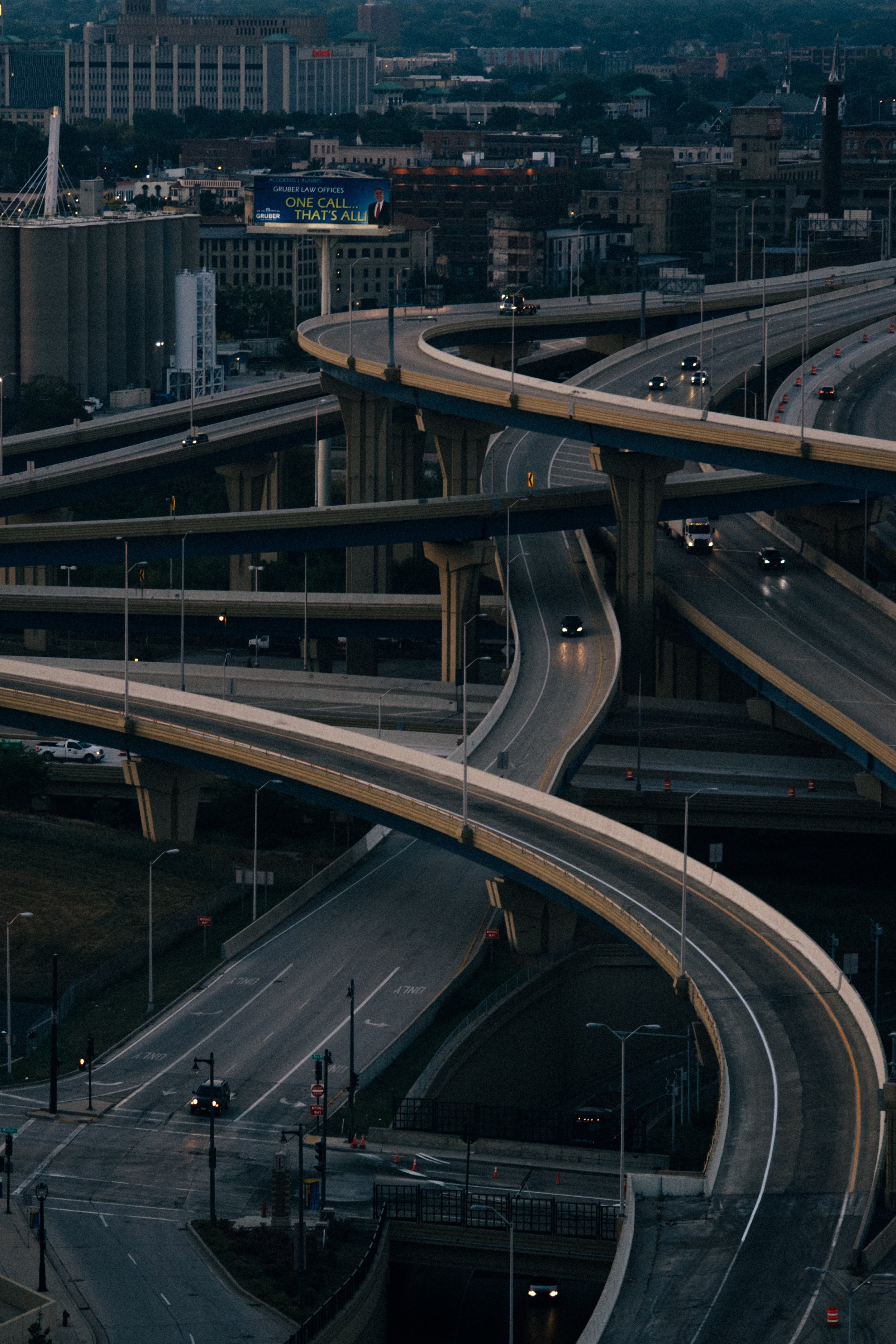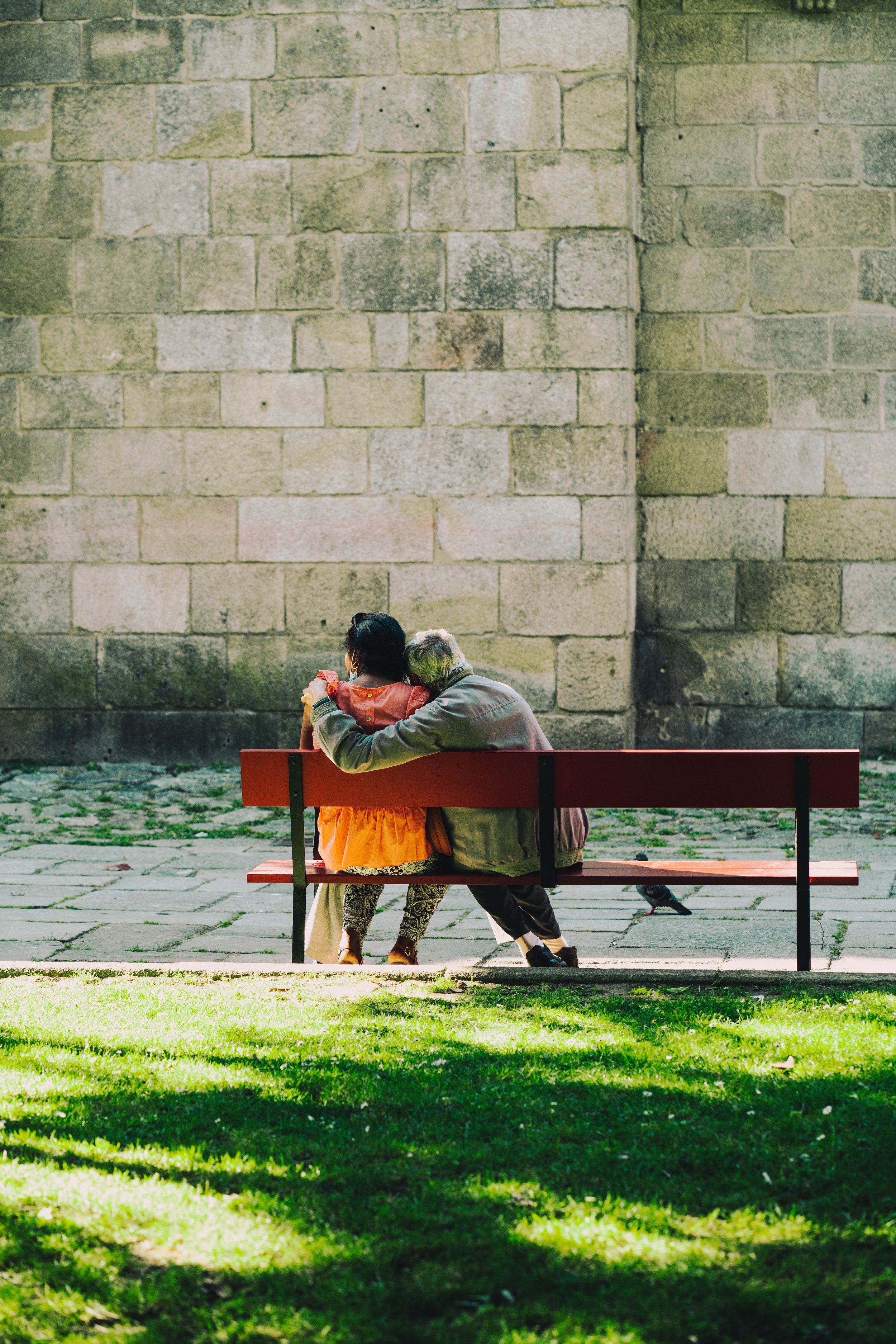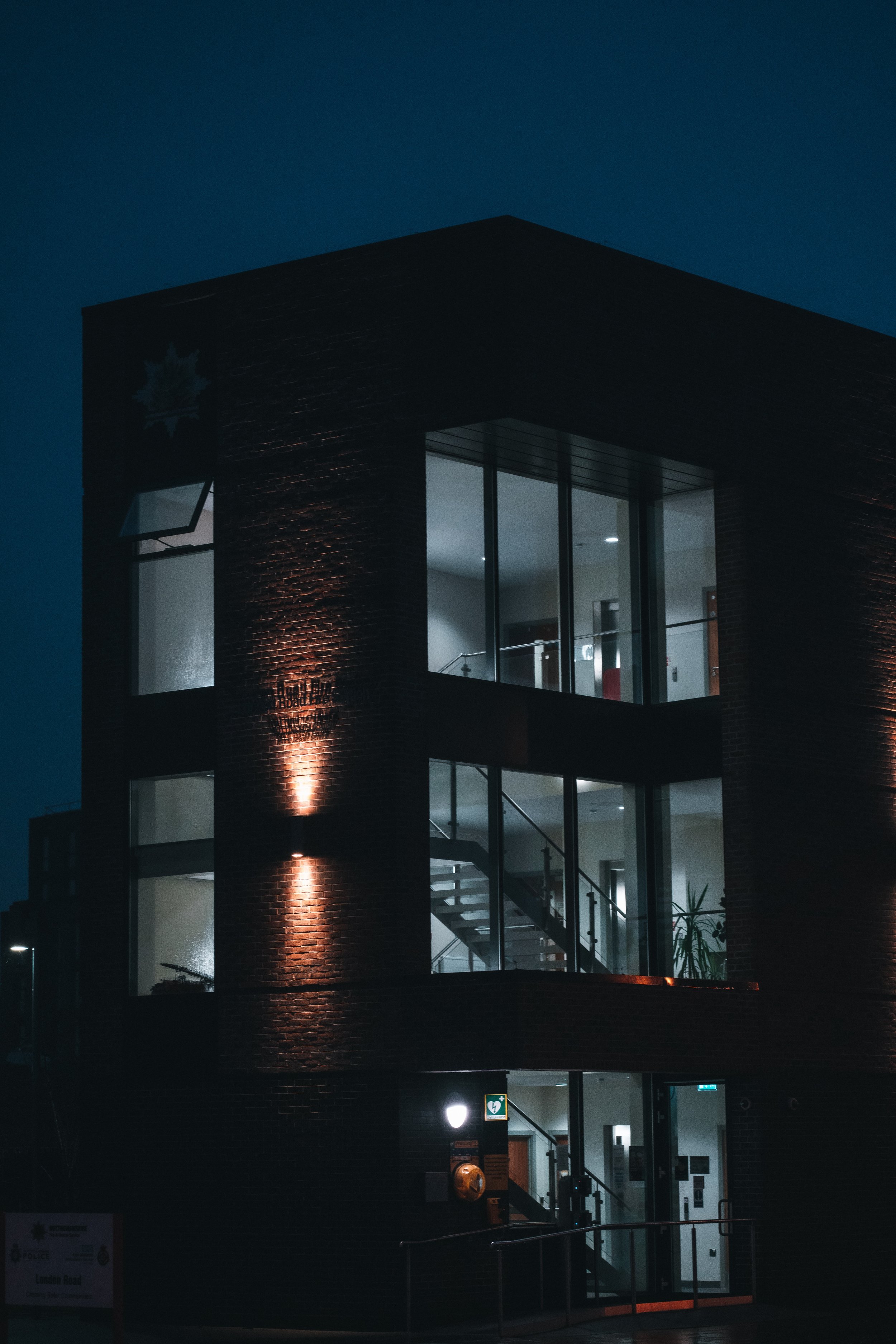Place In The Digital Age
Musing on our relationship with real, physical spaces
Words by Ritu Garg. Images from Unsplash
Technology, social media, remote-working, globalisation have all brought into question what the relevance of our physical setting is in an increasingly digital and capricious world.
Commotion around the metaverse overlooks the fact that there will always be a need for experiencing real physical, imperfect spaces – no matter how far digital technology advances. Real places, particularly longstanding, ordinary places carry our individual and collective stories, they shape our identities, they have witnessed unexpected changes and events, and have stood the test of time. Physical settings engage our senses, surprise us, and teach us about ourselves and our surroundings – arguably, serving as the essential medium to experience being fully alive.
My work leading research and strategy at several global practices involved examining the future of our built environment with sustainable development in mind; and it’s when contemplating these ideas in relation to art, philosophy, culture and daily life that things get even more interesting. Each of us is connected to a vast landscape of places – seen and unseen, those which are intimately familiar and those which remain mostly foreign. There are the places where our families have lived, the places where we have lived ourselves, the places which comprise our daily surroundings and journeys, the places to which those we love have moved, the places we have known briefly as travellers, the places we are forced to go to by circumstance against our will, the places we dream about but perhaps will never have the chance to experience.
A place is a collection of sounds, scents, events, people, from the mundane routines, the haunting memories, and the occasionally striking occurrences.
Places are:
where I used to play,
where I used to walk by that wandering neighbourhood cat,
where I would see that vendor and smell the frying oil in that overwhelming heat,
where I would catch the sunset,
where I ran into that friend who I became so close to,
where we last saw each other years ago,
where I caught a glimpse of something beautiful,
where we had that long conversation,
where I got lost, where I felt sick, where we went to celebrate,
where I would go for a break after a long day,
where we laughed so uncontrollably,
where that stranger looked towards me for a long time,
where we fought,
where we got close,
where I couldn’t tolerate anything,
where I left something and took something from,
where I make visits, where I lived, ate, slept,
where I continue.
Are we losing our perspective on the value of physical spaces?
In this modern world our awareness of the importance of places and ties to the physical spaces that shape our lives seems to be diminishing. Well-known places, such as large cities, can easily and superficially be referred to in their ‘iconic’ form, by their outermost visible attributes – as though a place were a singular thing, well-defined and with one universally agreed identity. Today, it’s easy to forget that places are more than simply a functional aspect of being alive and meeting daily needs. Our physical settings allow us to remember, and go back, while also serving as a means to stand still, catch our breath, and observe something larger than ourselves – something beyond our control. Places make us feel connected to the world beyond that related to our direct interest and needs.
Year after year, decade after decade, as our lives shift through good and difficult times, places stand resilient – objective and indifferent – offering stability and a means to mark the past. A place at all the different scales – whether a country, a home, a neighbourhood, a school, an office, a room, a street corner – is made up of history, people, traditions, norms, values, memory, nature, and sentiment. A place is a tactile outer permanence of structures and objects – which seems stationary for some length of time but holds within it an otherwise ephemeral world.
Places are the stage on which our lives play out
Places are platforms for daily unexpected events and encounters – whether pleasant or difficult. In this way, they force us to be humble, to maintain an awareness of and appreciation of the unknown forces that shape our lives. To some degree, they compel us to let go of control, logic, and explanations to justify why something happened in the sequence and in the moment that it did. Places make way for us to be keener observers of our surroundings, to learn, adapt, experience, and accept change and unfamiliarity within our daily confines. They allow us to learn about ourselves.
Places encourage us to exercise our reflexes – to see nature in front of us when we are caught unaware by a surprise or shock in our surroundings. Places allow us to meet and come to terms with the aspect of the world (and ourselves) that we want to avoid and escape, but must learn to invite, better understand, and move to accept. In this way, without us realising, a place can make us more tolerant, more thoughtful, more inviting towards that and those which seem alien.
Our visible markers of time, love, devotion (or lack thereof)
Places can transfix us – or sometimes it’s the people we meet and form relations with in those places. Place remains even after those people are gone, welcoming us to make pilgrimages in honour of beloved memories. Despite the deep memories associated with any given place, sometimes going back can surprise us, and feel underwhelming. One might face the realisation that everything that made the place special is no longer there – that going back to a place cannot bring back lost time. The current state of affairs in a place left too far behind could even be hurtful to observe, an assault on a sacred memory.
In going back to a place with the source of memory gone, one may come to realise that one’s place in the world is now somewhere else, and being here will never again be of significance. In this way, places help us mark and witness our own transformation over time. For our connection with a place to sustain itself it has to be fed regularly with life – time spent, beloved people, meaningful activities. A place unvisited for too long risks becoming obscure.
Places have meaning and enrich our experience of life when we take time to notice them, when we allow them to interact with our emotions, when we frequent them enough to develop our own relationships with them, and when we watch their evolution over time, as we go through our own. Because ultimately, a place is a means to heighten sensory experiences and celebrate both the present and the past physically in a single setting. Our physical surroundings are a mark of our stories and the passage of time, they feed our emotions and our memories of them are also accentuated by our emotions. If we lose our appreciation of the physical spaces we occupy, maybe we risk being a little less alive.








